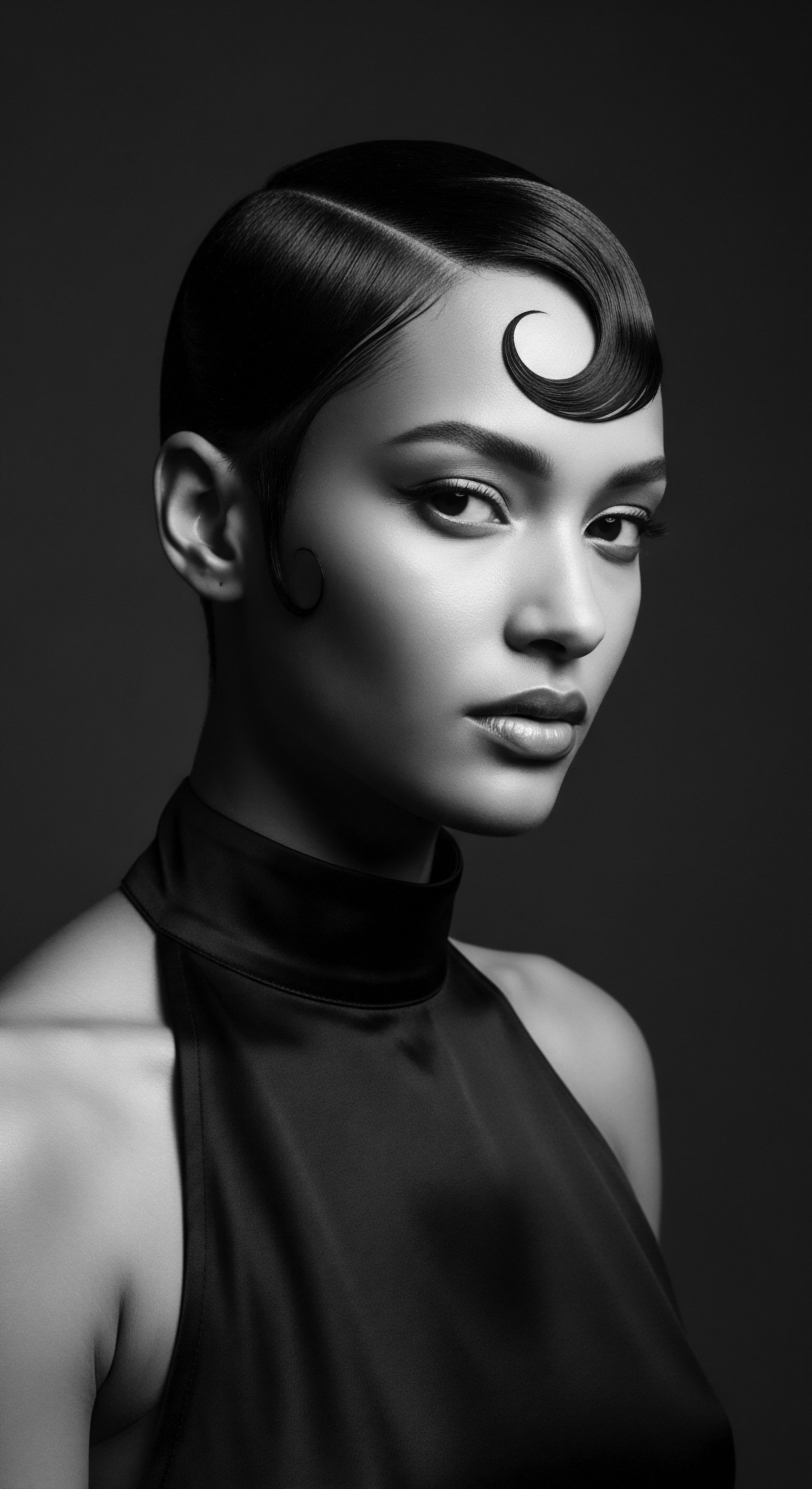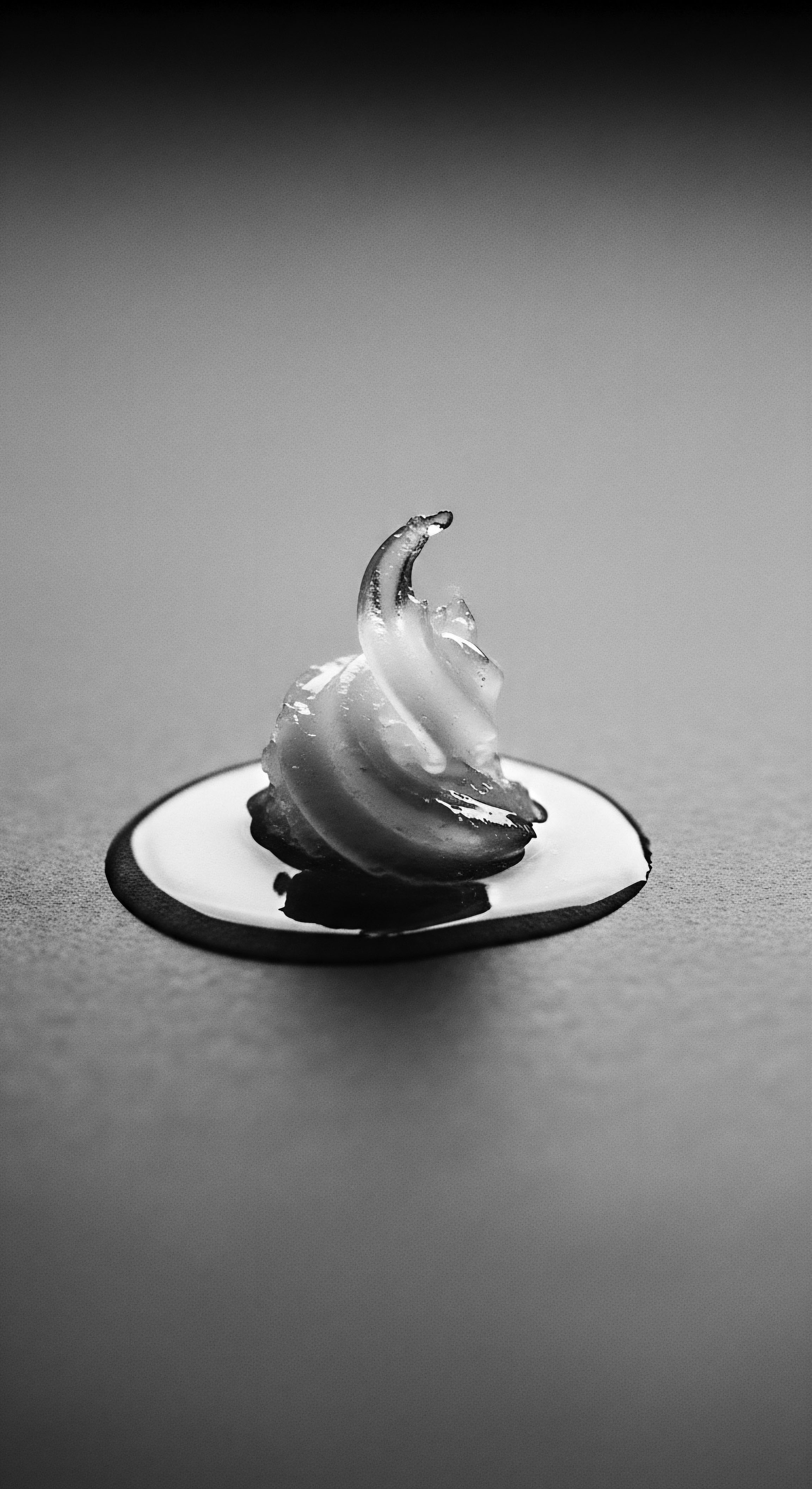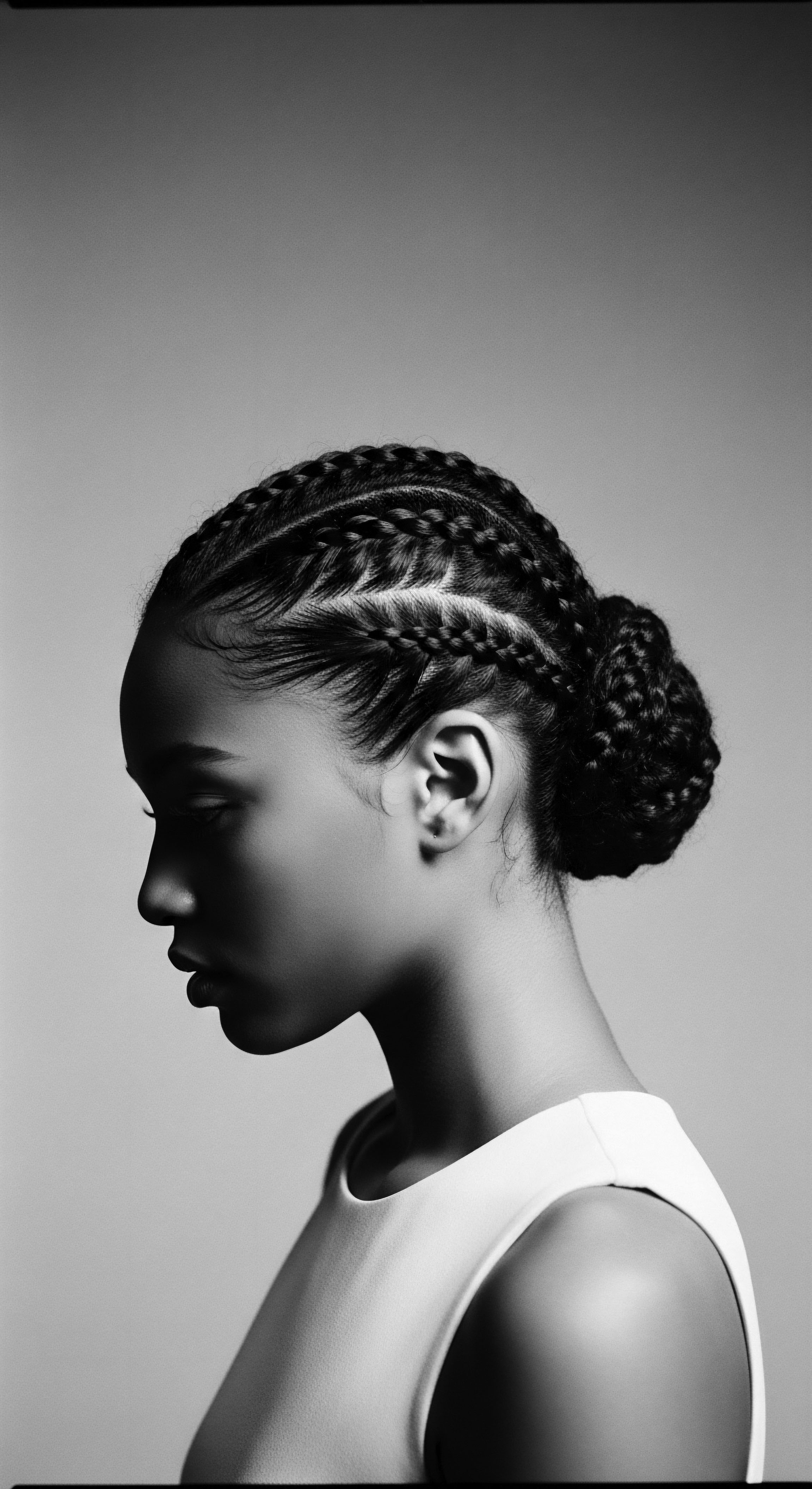
Why do bonnets matter for textured hair history?
Bonnets protect textured hair by reducing friction and retaining moisture, symbolizing a rich heritage of resilience and cultural identity.

Can modern science validate ancestral nighttime hair practices for textured hair?
Modern science confirms ancestral nighttime hair practices protect textured hair by reducing friction and retaining moisture, honoring a rich heritage of care.

Can traditional nightly rituals explain current textured hair protection?
Nightly hair rituals from ancestral practices explain current textured hair protection by reducing friction and maintaining moisture.

In what ways do silk bonnets honor textured hair heritage?
Silk bonnets honor textured hair heritage by preserving moisture, reducing friction, and connecting modern care to ancestral protection rituals.

Can silk bonnets extend protective styles for textured hair?
Silk bonnets extend protective styles by reducing friction and preserving hair moisture, echoing ancestral hair care wisdom.

What ancestral tools shielded textured hair at night?
Ancestral tools like plant-based wraps and early head coverings shielded textured hair at night, preserving styles and moisture through a deep heritage of care.

Why are specific materials used for textured hair adornment?
Specific materials are chosen for textured hair adornment due to ancestral wisdom prioritizing protection, cultural expression, and the unique needs of coiled strands.

What materials protected historical textured hair?
Historical textured hair found protection through natural fibers, plant-based emollients, and mineral compounds, embodying deep ancestral wisdom and cultural heritage.

What materials are best for hair bonnets to preserve moisture?
Silk and satin bonnets, continuing an ancestral practice, best preserve moisture by minimizing friction and preventing absorption, honoring textured hair heritage.

What historical textiles offered hair protection at night?
Historical textiles like smooth silk and satin protected textured hair at night, a practice rooted in ancestral heritage and cultural preservation.

What materials historically safeguarded textured hair at night?
Historically, smooth textiles like silk and satin, alongside basic cloths and protective styling, safeguarded textured hair at night.

What historical textiles shielded textured hair at night?
Historical textiles like fine cottons, linens, and silks shielded textured hair, preserving its integrity and embodying ancestral care practices.

What traditional care practices relate to head coverings for textured hair?
Traditional head coverings for textured hair offer protection and symbolize identity, spirituality, and cultural heritage.

How do smooth surfaces guard textured hair?
Smooth surfaces reduce friction on textured hair, preserving cuticle integrity and moisture, a protective practice rooted deeply in Black hair heritage.

Do bonnets truly shield textured hair?
Bonnets provide vital physical protection and moisture retention for textured hair, continuing a long-standing heritage of ancestral care.

Why do modern head coverings matter for textured hair care?
Modern head coverings safeguard textured hair by extending ancestral practices of protection, preserving moisture and style, and affirming cultural identity.

Did traditional hair coverings aid moisture retention for Black hair heritage?
Traditional hair coverings, often silk or satin, aided moisture retention by reducing friction and creating a humid microclimate around textured strands.

